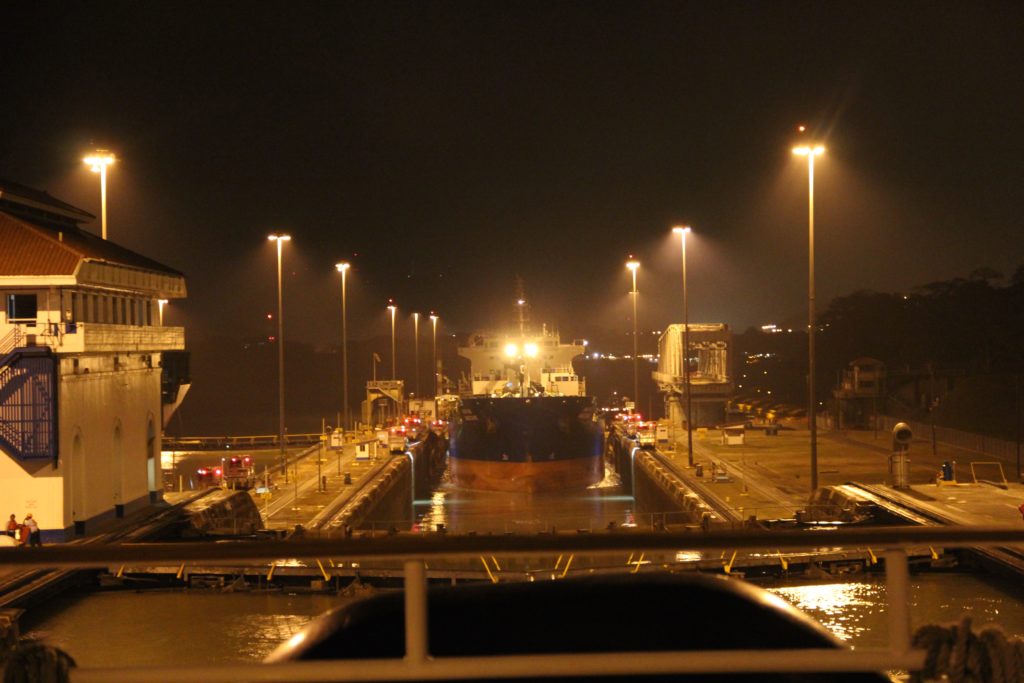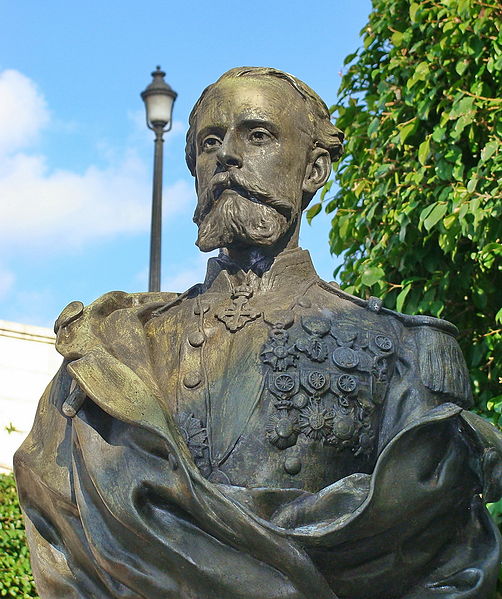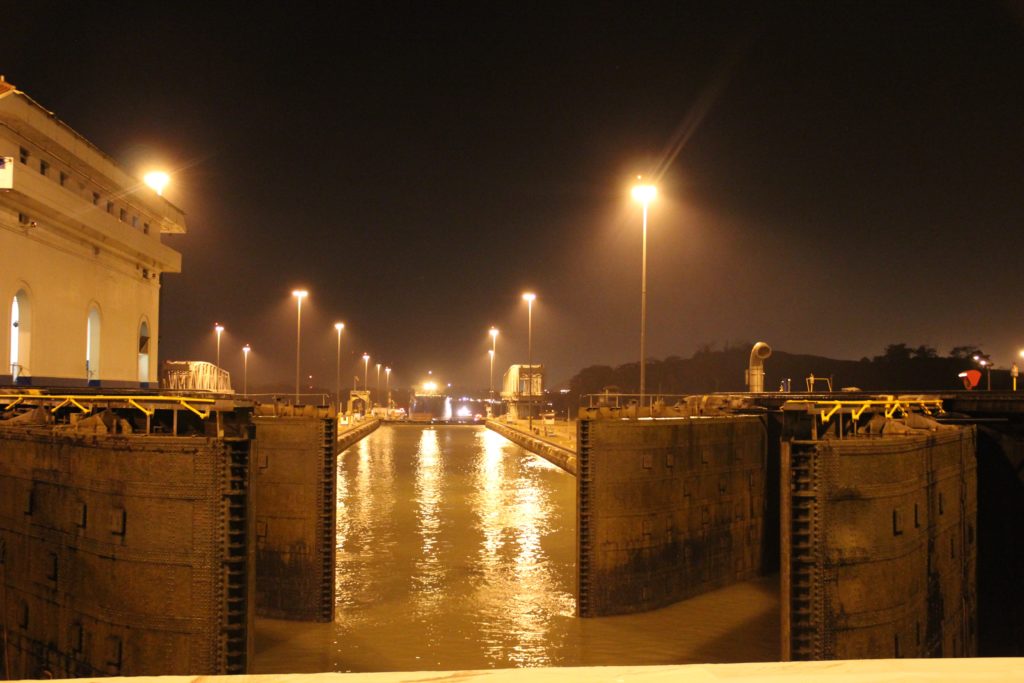
Whenever I travel, I’m on the lookout for signs of Napoleon Bonaparte’s influence. I didn’t expect to find any on a recent trip to Costa Rica and Panama, but there’s a statue of his great-nephew in Panama City. In 1877, Lucien Napoleon Bonaparte Wyse, the grandson of Emperor Napoleon’s brother Lucien, obtained the first agreement from the Columbian government to build a canal across its territory which then included the isthmus of Panama.

Young Lieutenant Lucien Napoleon Bonaparte-Wyse must have had a bit of his great-uncle’s spirit in him. In 1798, Napoleon himself, then General Bonaparte, set off on his Egyptian Expedition. In this grand scheme, the thirty-year-old general planned to conquer Egypt and perhaps continue on to India in Alexander the Great’s footsteps. Like ancient pharaohs before him, Napoleon contemplated a canal connecting the Red Sea to the Mediterranean. Only erroneous measurements predicting engineering feats beyond the era’s capability dissuaded Napoleon from attempting the project.
Seventy years after Napoleon’s expedition, another Frenchman, Ferdinand de Lesseps, completed the Suez Canal. Less than ten years later, Lucien Napoleon Bonaparte-Wyse was exploring Panama’s isthmus on de Lesseps’ behalf. Satisfied that a canal was feasible, Bonaparte-Wyse and a French lawyer, Louis Verbrugghe, rode an arduous four hundred miles on horseback to Columbia’s capital of Bogotá. There they negotiated the territory acquisition and revenue-sharing contract called “the Wyse Concession,” which made the future Panama Canal possible.
However, the subsequent French attempt to build the canal ended disastrously. It was left to the Americans to finish it with the first ships traversing its forty-eight mile length in 1914. In 1977, one hundred years after Lucien Napoleon Bonaparte-Wyse negotiated the Wyse Concession, President Jimmy Carter signed the treaty that would return the canal to Panama.

